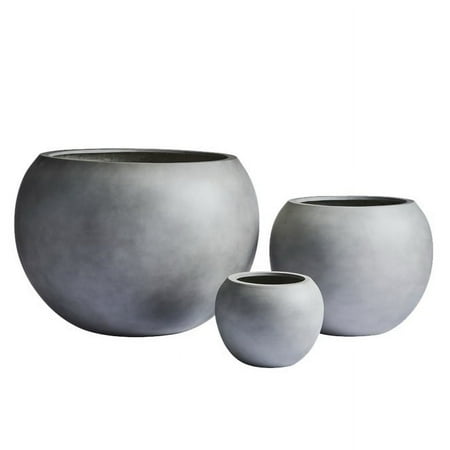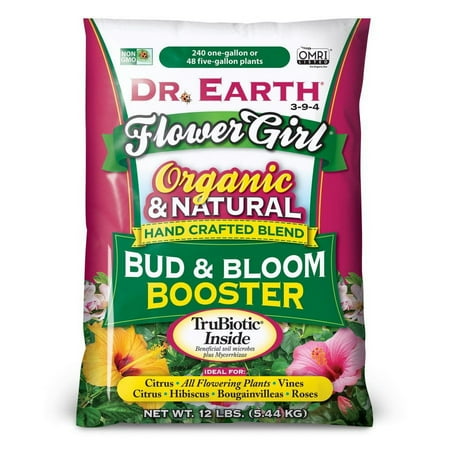Best dwarf trees for compact spaces – 5 unusual species to transform even the smallest yard
These dwarf trees will inject foliage and flowers into any sized space
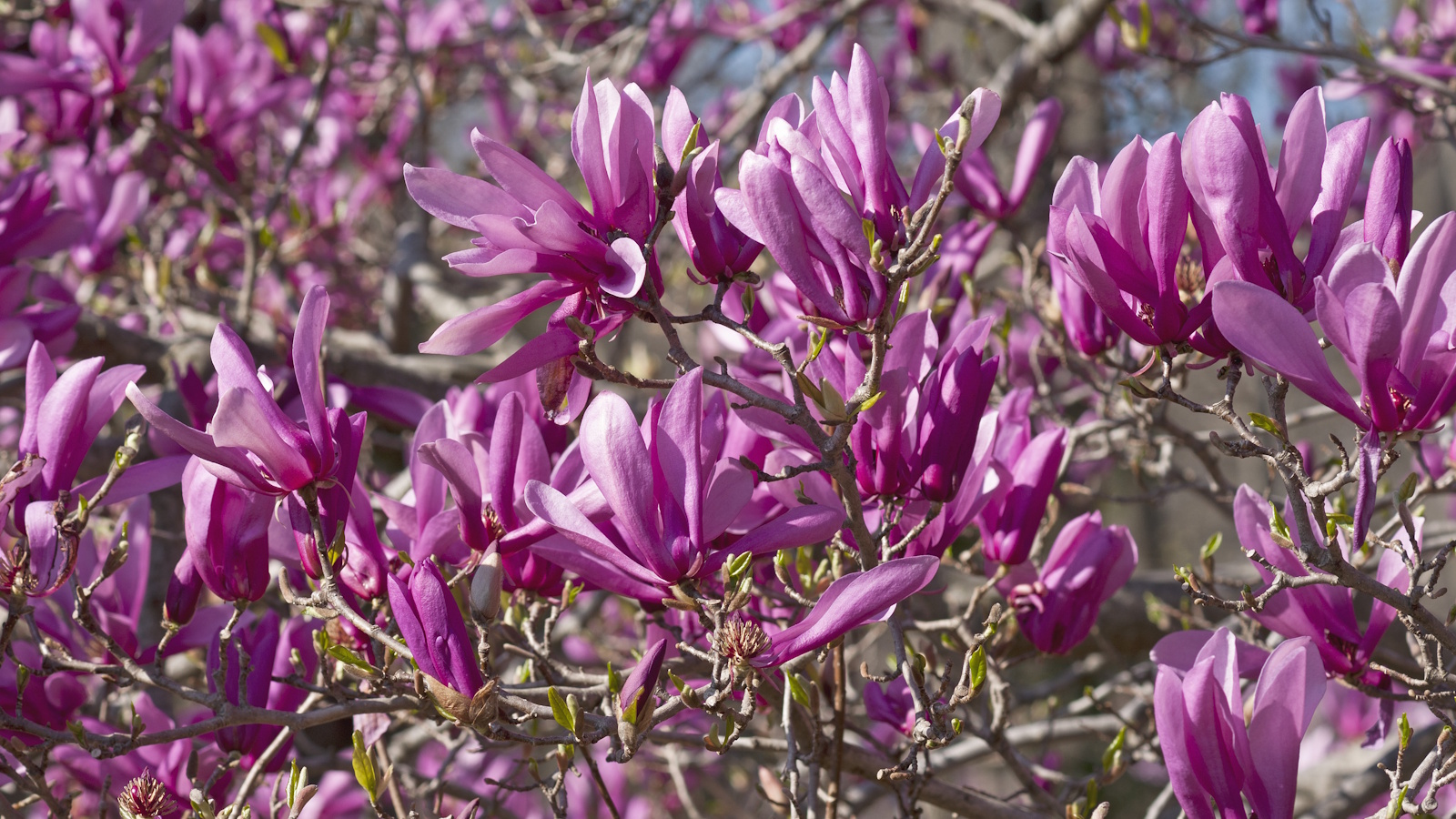

Dwarf trees are ideal for adding structure and interest to small spaces. While gardening in compact yards might at first seem challenging, there are plenty of attractive dwarf tree species to choose from, many of which have unique flowers and foliage.
As a former professional gardener, I’ve used many different dwarf cultivars in planting schemes in gardens across the UK. I have found dwarf trees to be remarkably versatile and useful, particularly in London plots where space is limited. And, you do not have to rely simply on evergreens, like arborvitae or junipers. In fact, many fruiting trees have dwarf varieties, meaning that beautiful blossom and delicious fruits can be had in tiny terrace gardens or even in pots on balconies.
Here, one nursery grower reveals some of the best statement trees to use in compact yards, including tips on hardiness, light and soil conditions. So, if you want to transform a small space this year, planting one or two of these trees is a good place to start.
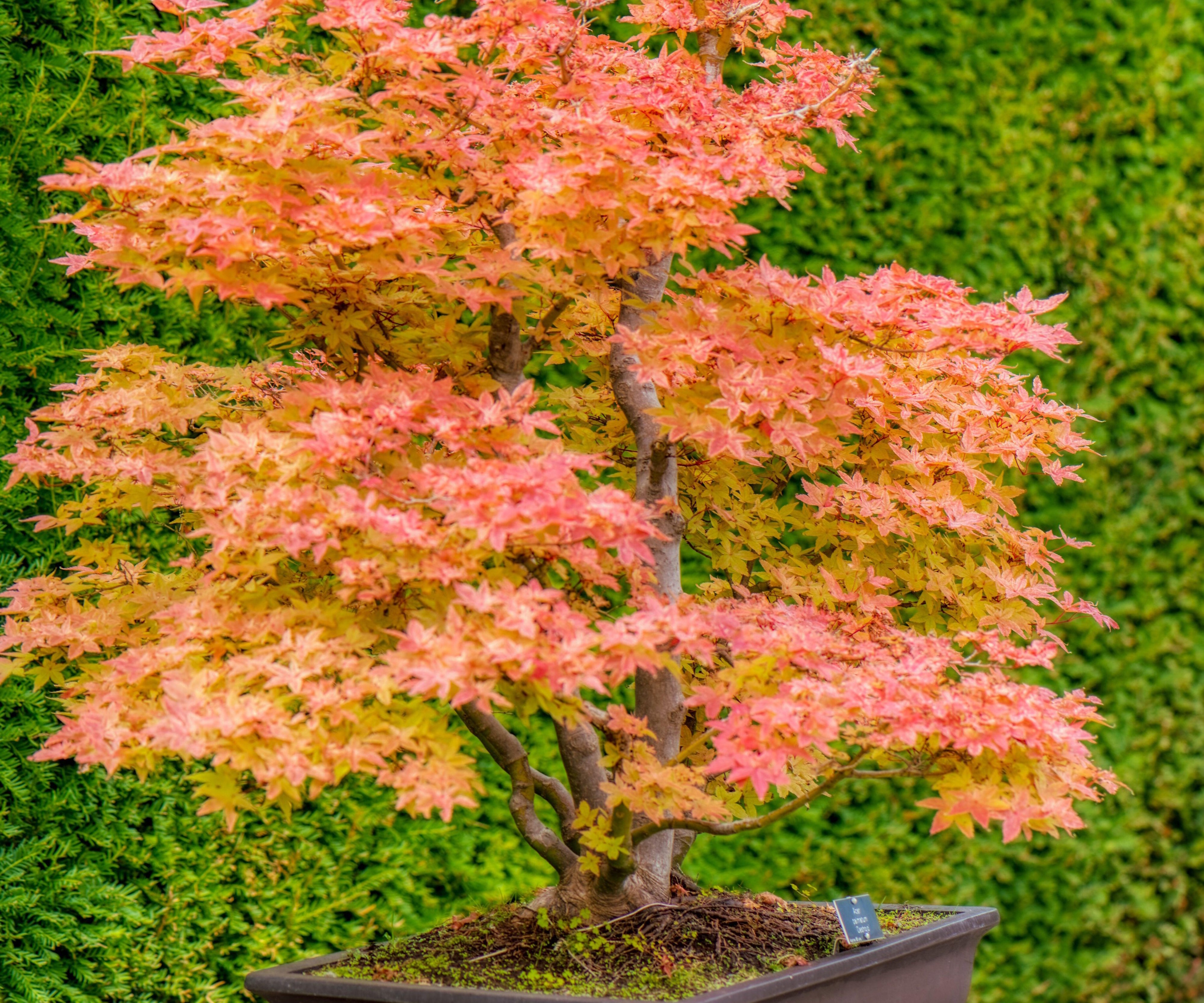
5 of the best dwarf trees
If you are looking for some of the best trees to plant close to a house, the good news is that there are hundreds of interesting and attractive dwarf trees that have been bred specifically for contained yards.
Remember, however, to always choose tree species that are best suited to your climate and US hardiness zone. If you want to grow a tender species in a northern zone, winterizing smaller tree specimens is not complicated, which does open up your options in terms of what you can grow in cooler regions.
1. Magnolia 'Ann'
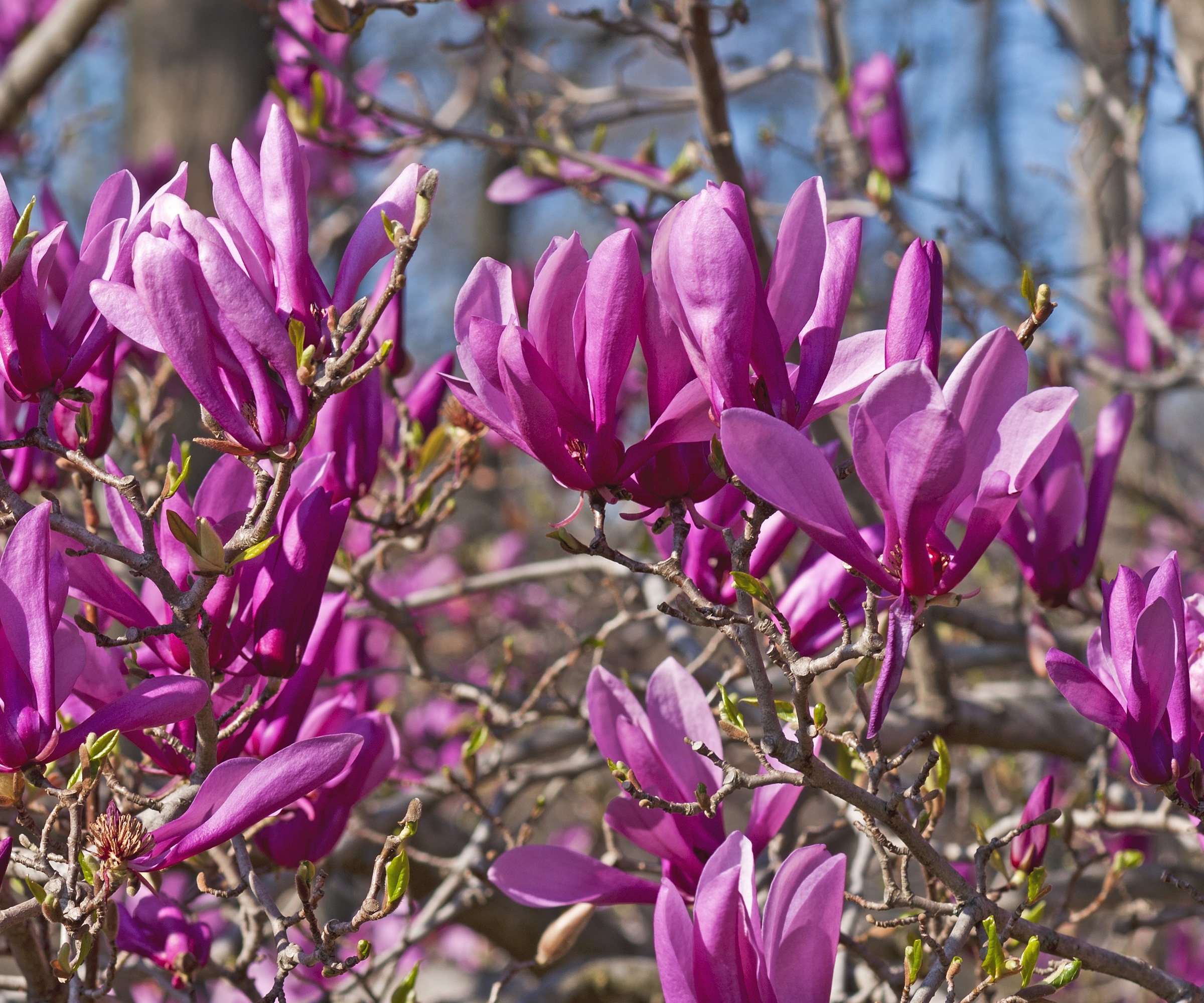
'Perfect for compact yards, Magnolia 'Ann' is a striking dwarf tree that comes highly recommended,' says Alex Kantor, owner of Perfect Plants Nursery. 'At full size, it will reach no taller than 10 feet but will be smaller than this when planted in pots.
'Growing best from US hardiness zone 4 plus, this magnolia is the perfect pink flowering tree for pots,' Alex adds. 'The blooms appear in early spring, even in limited growing space. Magnolias typically require minimal pruning, making it an ideal, low-maintenance addition to any garden, providing beauty year after year.'
For the best results, plant these dwarf trees in well-draining, slightly acidic soil. You can also apply a slow-release fertilizer, available from Perfect Plants Nursery, in the spring, which will give your plant a boost for the growing season ahead.
Magnolia 'Ann' live plants are available from Perfect Plants Nursery.

Alex has worked in the horticultural industry for over 20 years and grew up on the farm since his childhood years. Alex is an expert on landscape trees, shrubs, and indoor plants. He is passionate about growing and helping others learn the trade.
2. Weeping redbud
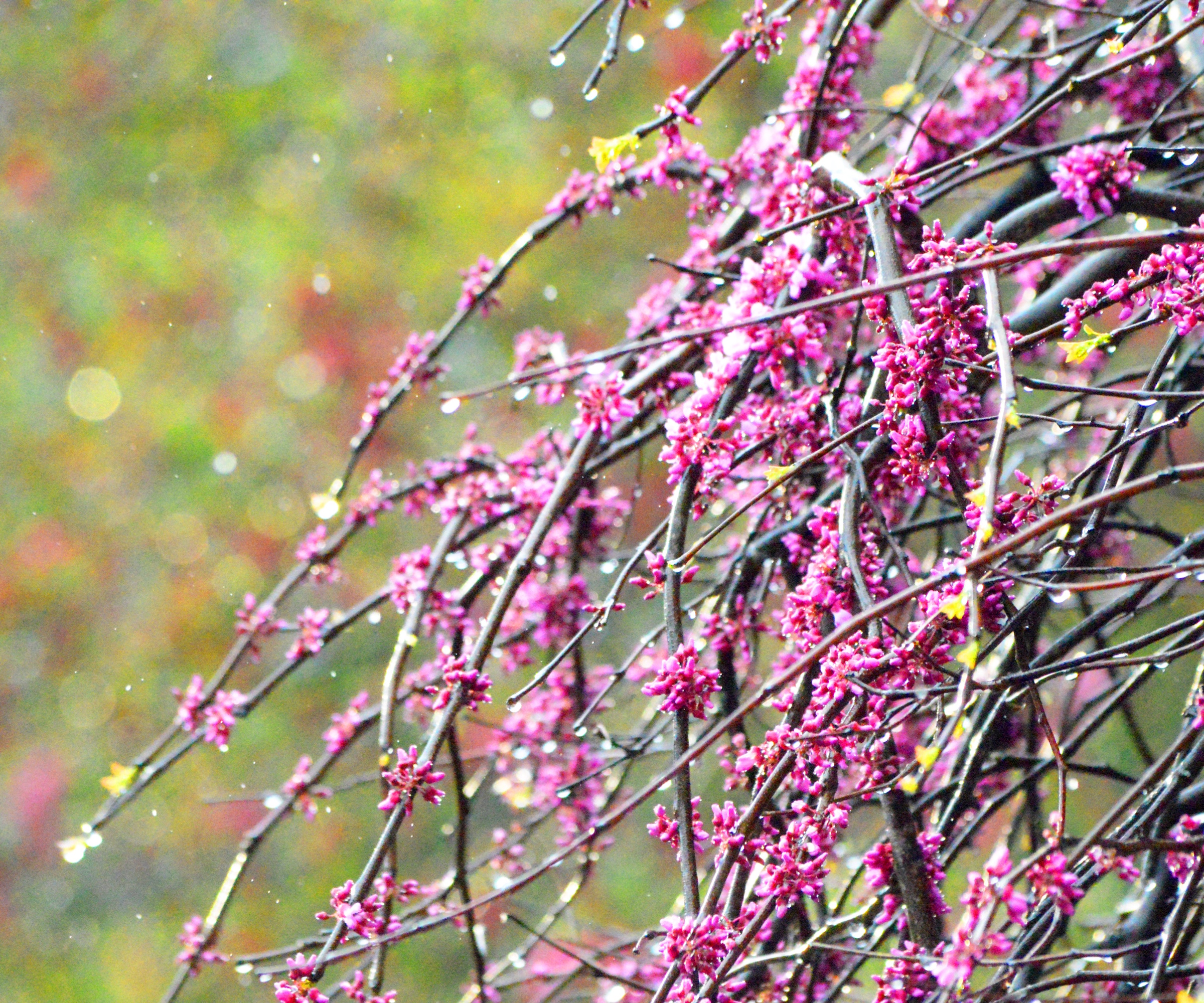
Weeping redbud, or Cercis canadensis, is one of the best flowering trees to grow in small spaces. In terms of how to grow redbuds, this native species can be planted from zone 4 to zone 9, ideally in part-sun-part shade and with well-draining soil.
They produce pink blooms in the early springtime that open along the stems and branches. There are several unique varieties, including 'Pink Heartbreaker' and 'Ruby Falls', the latter of which grows no taller than five or six feet.
'Ruby Falls' redbud live trees are available from Amazon.
In terms of how to prune a redbud tree, this is best done in spring after flowering. When pruning, remove any dead or damaged branches and shape your tree to maintain the weeping habit.
3. Dwarf peach
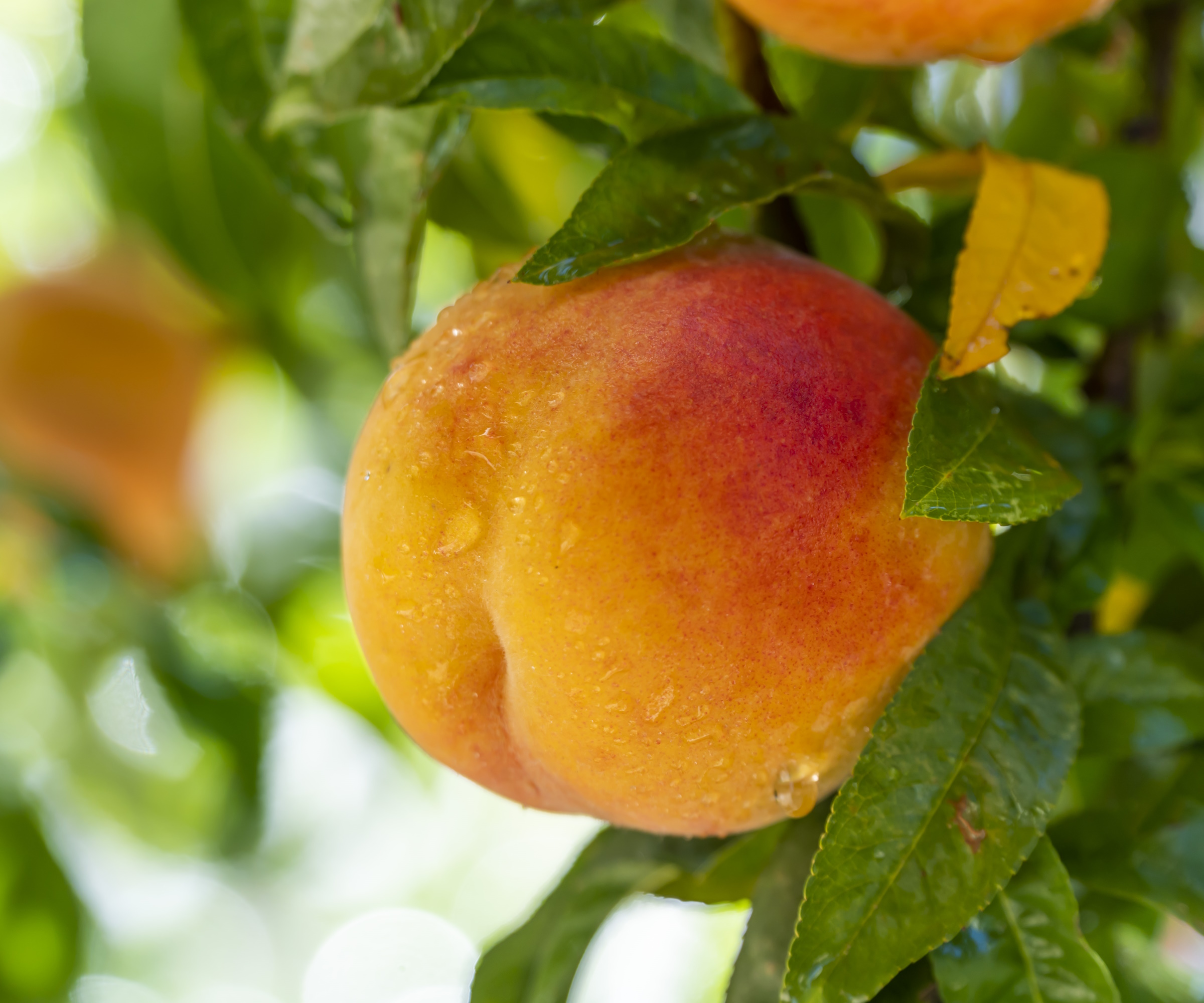
For one of the best fruit trees to grow in pots, try growing the patio peach 'Bonfire' tree. 'This is an exceptional dwarf tree,' continues Alex. 'It will add a touch of uniqueness to small yards with its colorful foliage, and - helpfully - will thrive in containers.
'It's a good choice for both urban and suburban landscapes,' Alex adds. 'In terms of hardiness, grow patio peach trees from zone 5 plus, in well-drained soil. Make sure your container has good drainage, as peach trees do not enjoy soggy roots.
'Position your peach tree is full sun,' says Alex, 'which will produce lots of blooms and fruits. And, in terms of pruning, do this in late winter to early spring to maintain shape and remove dead branches.'
Live patio peach trees are available from Perfect Plants Nursery.
4. Japanese maples
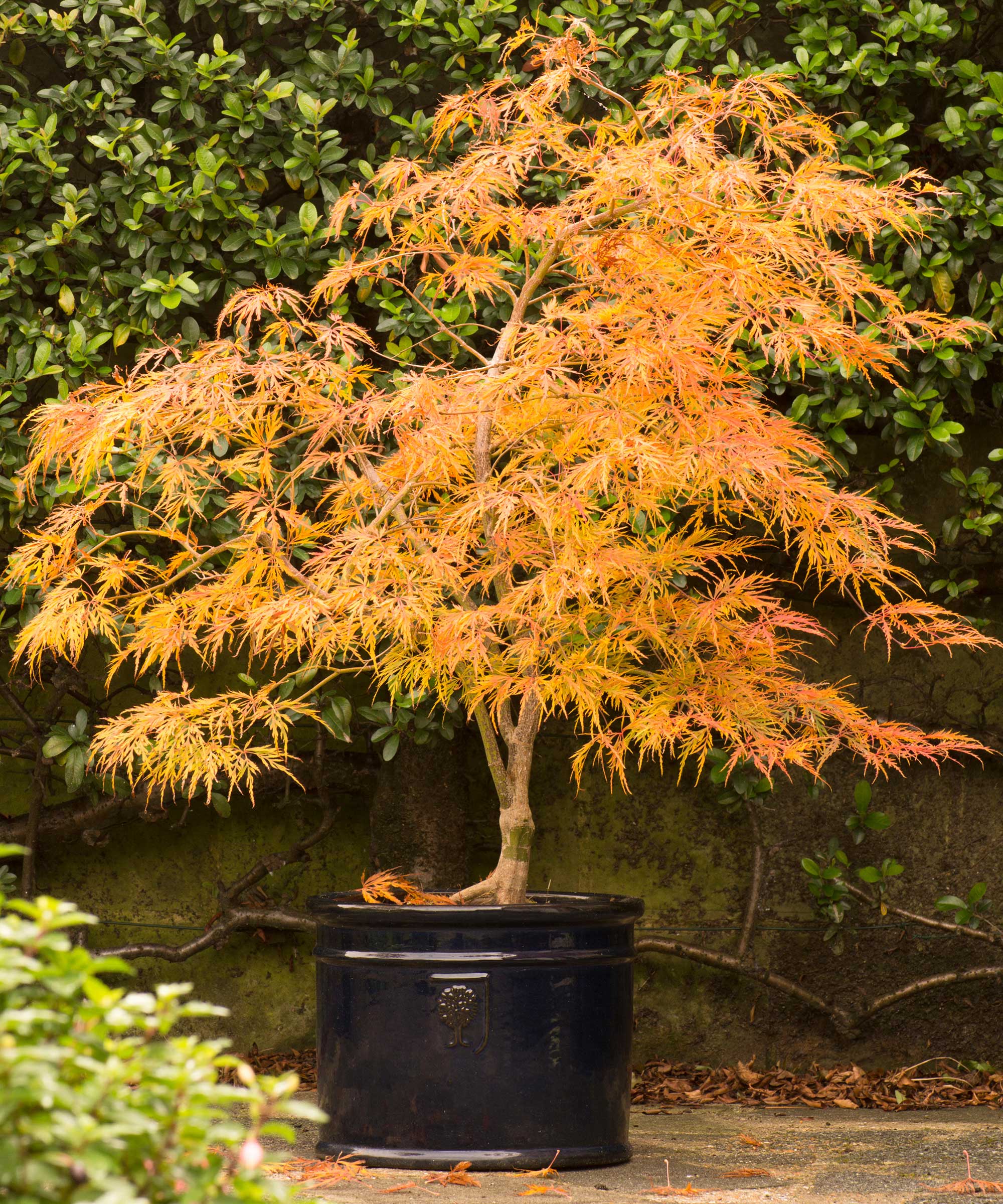
There are hundreds of varieties of Japanese maples, and you are sure to find one to suit your tastes and needs. For smaller spaces, try Acer palmatum 'Bloodgood', which has impressive crimson foliage and will grow no taller than four or five feet.
Alternatively, 'Red Dragon' is another option for compact gardens. This variety has a cascading habit, with a dense canopy of bright scarlet leaves stealing the show in spring as they unfurl, darkening over the growing season. 'Red Dragon' will grow no taller than eight or ten feet, and can easily be pruned to maintain a smaller form.
In terms of how to grow Japanese maples in pots and small yards, most are hardy down to zone 5 and will do well in full sun to part shade with well-draining soil. Be sure to complete deep watering of your pots in the summer, as they can quickly dry out during those hot July days.
'Red Dragon' weeping live trees are available from Amazon.

This potting mix is perfect for filling containers in small gardens. Just be sure to water your containers in the summer.
5. Roses
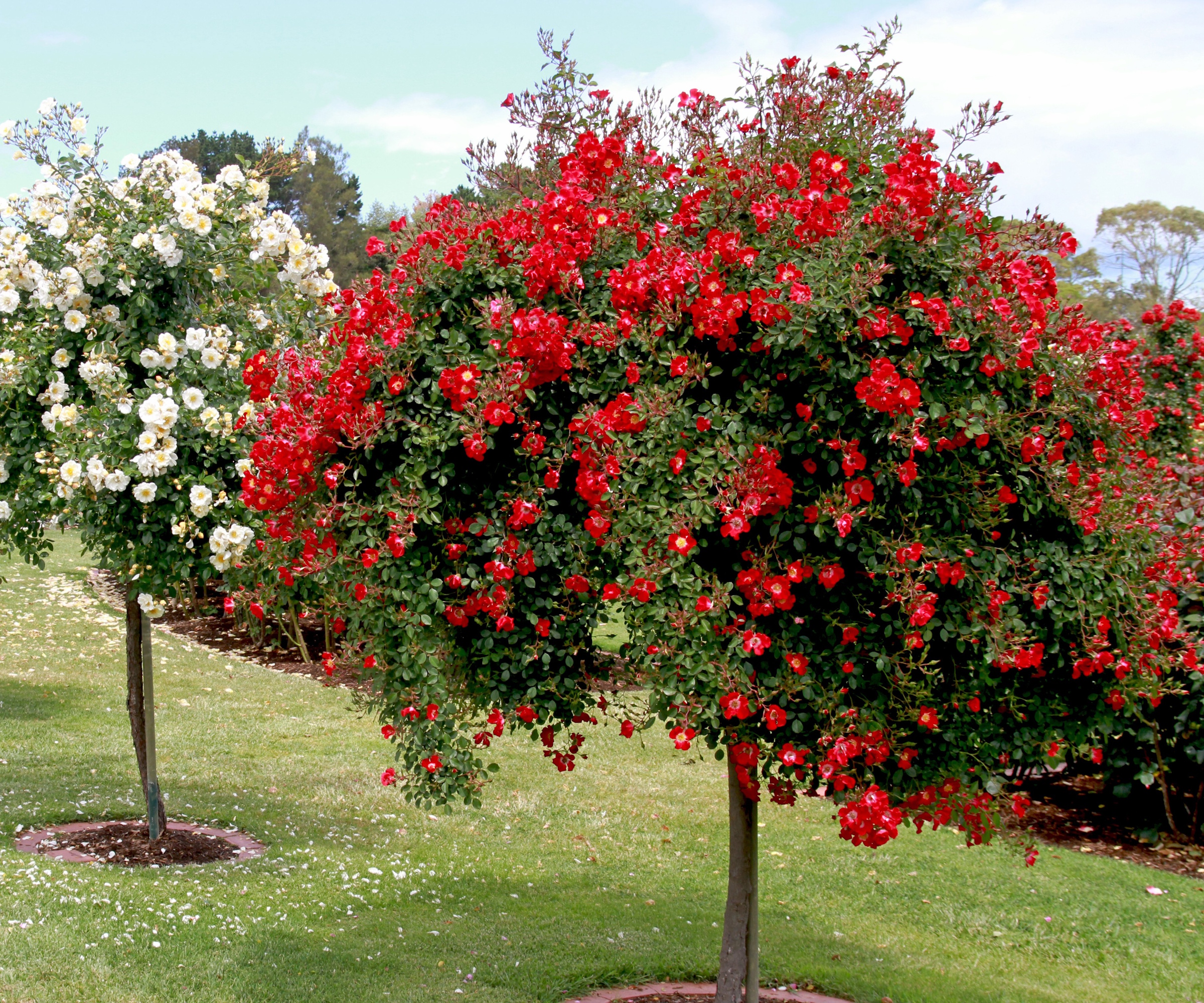
'If you like standard rose trees - that is, a tall rose clipped to form a lollipop shape - then you will love the 'Red Drift' variety,' says Alex. 'These offer the appeal of classic roses in a compact, tree form, well-suited to smaller spaces.
'With its striking blooms and a mature size up to 4 feet tall, this easy-going tree is sure to captivate gardeners with its charm,' Alex says. 'All rose varieties have different needs, but 'Red Drift' is pretty tough. They are hardy down to zone 5 and will thrive in a sunny spot in the yard.
'Regular deadheading can encourage continuous blooming from spring through fall,' Alex adds. 'It is also a good idea to use a bloom booster feed from springtime, to get the most out of your roses.'
'Red Drift' rose trees are available to order from Perfect Plants Nursery.
FAQs
Can I grow fig trees in a small yard?
Yes, you can grow fig trees in compact spaces. One dwarf fig tree to consider growing is Ficus carica. This smaller species is well suited to pots and can be grown in sunny yards down to zone 6. These trees can handle colder weather but it is a good idea to mulch and winterize pots with burlap if a heavy frost or snow is forecast. Dwarf fig trees are available from Walmart.
There are many low-maintenance trees for pots that can be grown in small yards. Whatever species you decide on, just remember to water and feed trees during spring and summer. All container specimens rely on you, the gardener, for their nutrition, so taking the time to do this will help your trees to thrive.
Sign up to the Homes & Gardens newsletter
Design expertise in your inbox – from inspiring decorating ideas and beautiful celebrity homes to practical gardening advice and shopping round-ups.

Thomas is a Content Editor within the Gardens Team at Homes and Gardens. He has worked as a professional gardener for both public spaces and private estates, specializing in productive gardening, growing food and flowers. Trained in Horticulture at the Garden Museum, he has written on gardening and garden history for various publications, including The English Garden, Gardens Illustrated, Hortus, The London Gardener and Bloom. He has co-authored a Lonely Planet travel book, The Tree Atlas, due out in 2024.
You must confirm your public display name before commenting
Please logout and then login again, you will then be prompted to enter your display name.
-
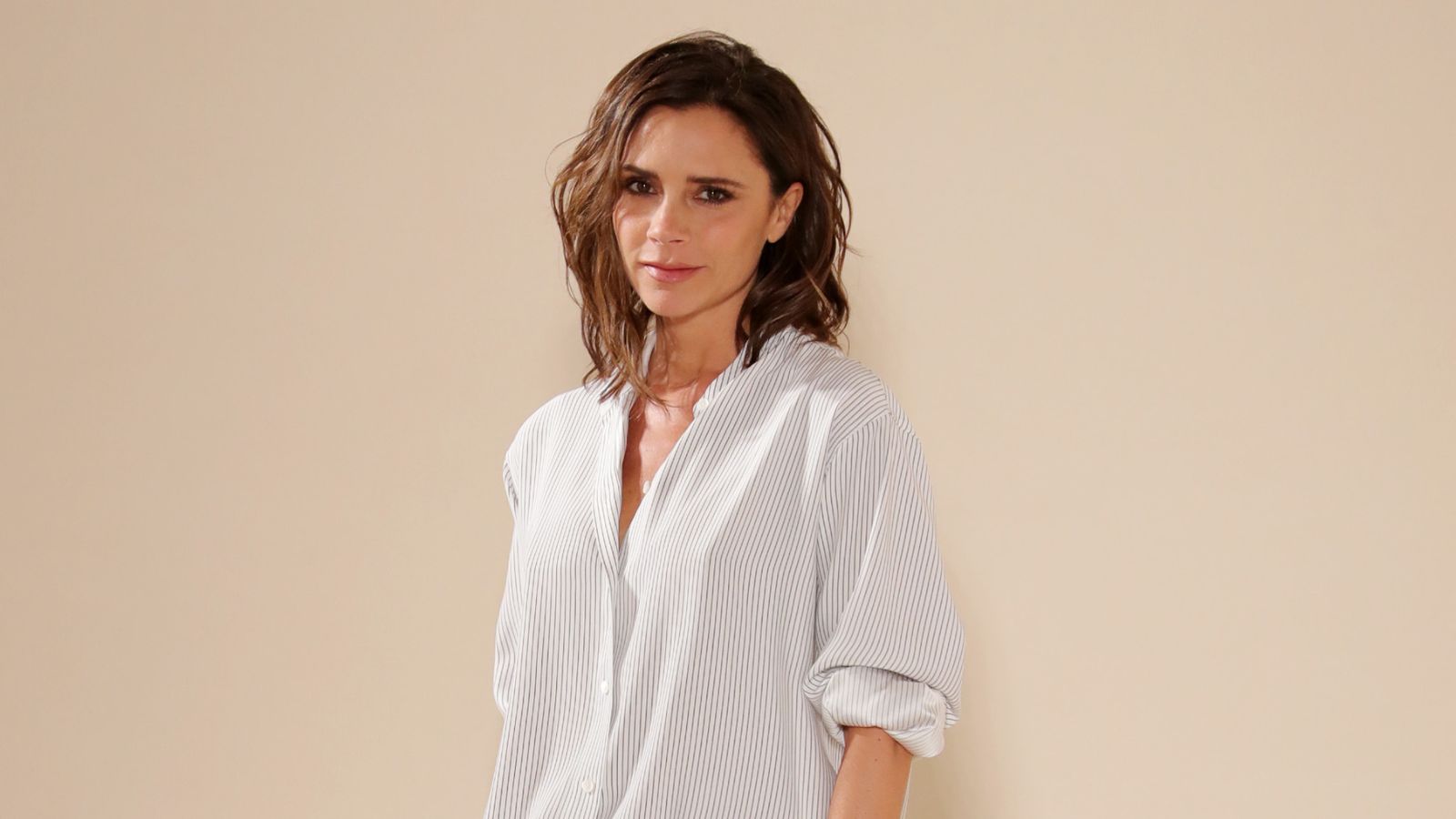 Victoria Beckham has a unique formula for perfect bedding: 'Very expensive sheets and cheap pillows' – you can follow her example from $15
Victoria Beckham has a unique formula for perfect bedding: 'Very expensive sheets and cheap pillows' – you can follow her example from $15Victoria revealed she goes for crisp, white bed sheets and pillows with neck support from Target – and you can shop similar buys at an ultra-low cost
By Hannah Ziegler Published
-
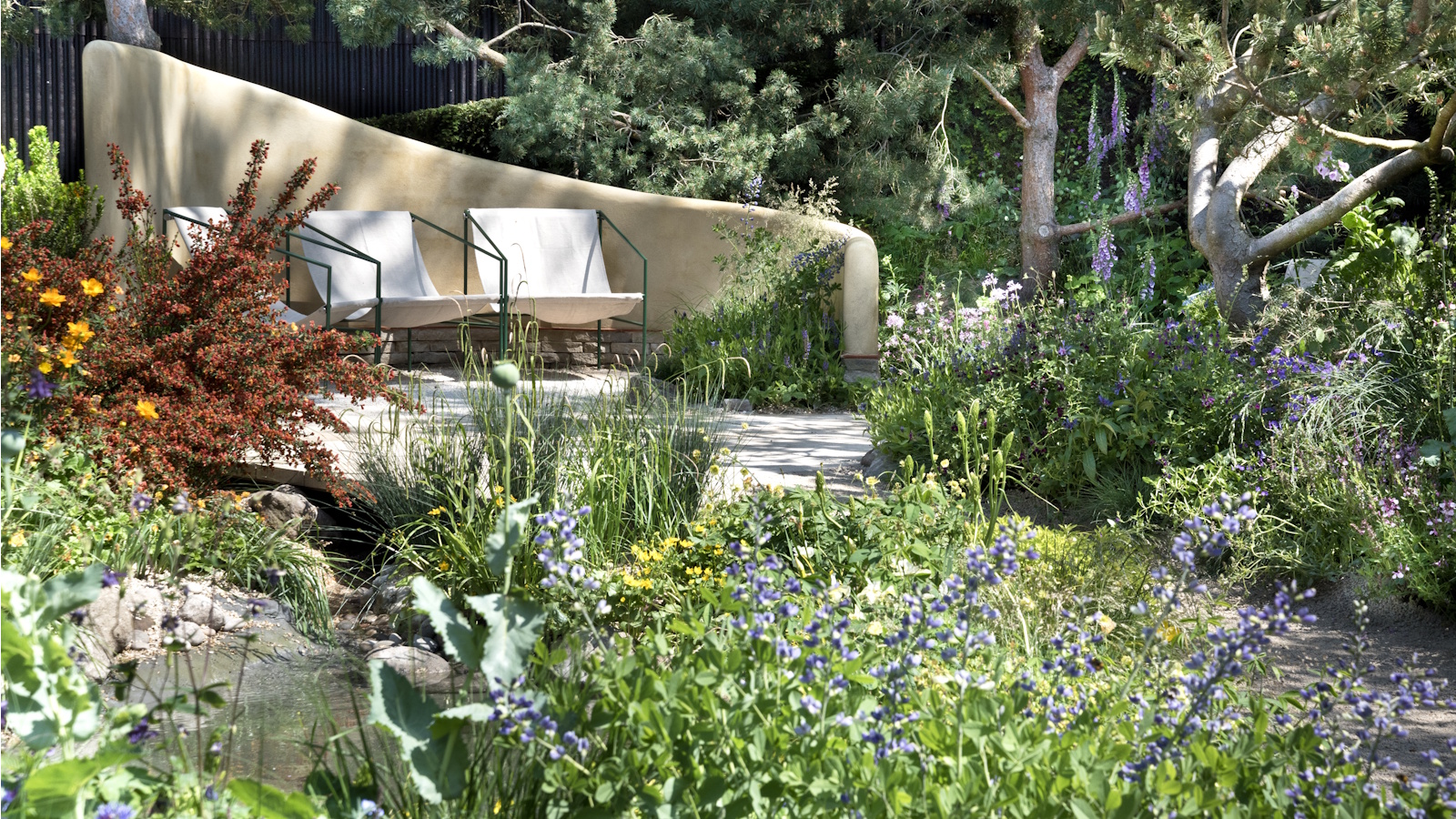 I just discovered the best non-toxic product for getting rid of ants in your yard – and you probably already have it in your bathroom cupboard
I just discovered the best non-toxic product for getting rid of ants in your yard – and you probably already have it in your bathroom cupboardThis household item is an effective ant deterrent that doesn't leach harmful chemicals into your soil
By Tenielle Jordison Published
-
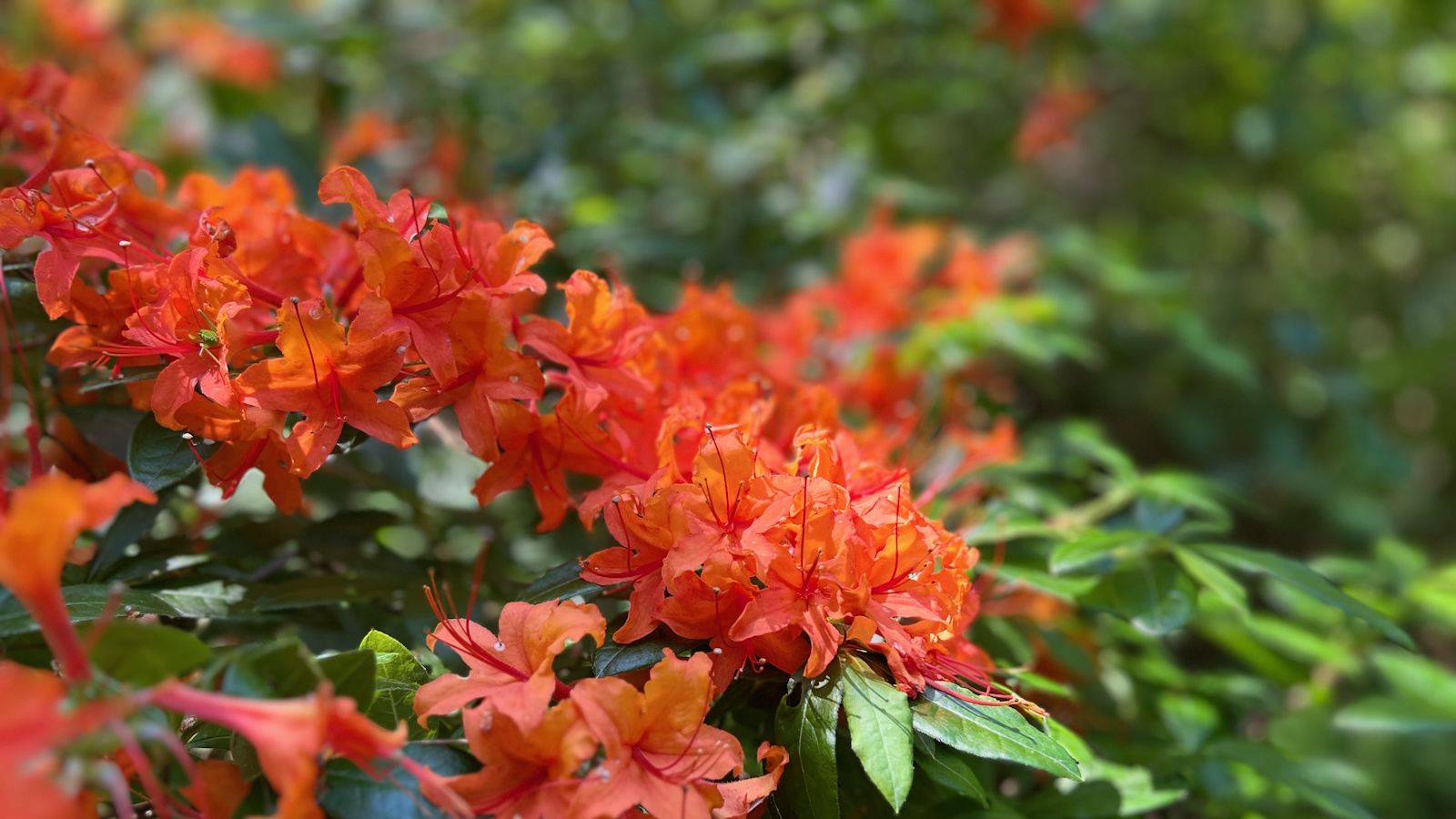 How to revive old rhododendron plants – pruning advice from a professional gardener to save your struggling shrubs
How to revive old rhododendron plants – pruning advice from a professional gardener to save your struggling shrubsWith the right pruning approach, you can rejuvenate old and woody rhododendrons
By Thomas Rutter Published
-
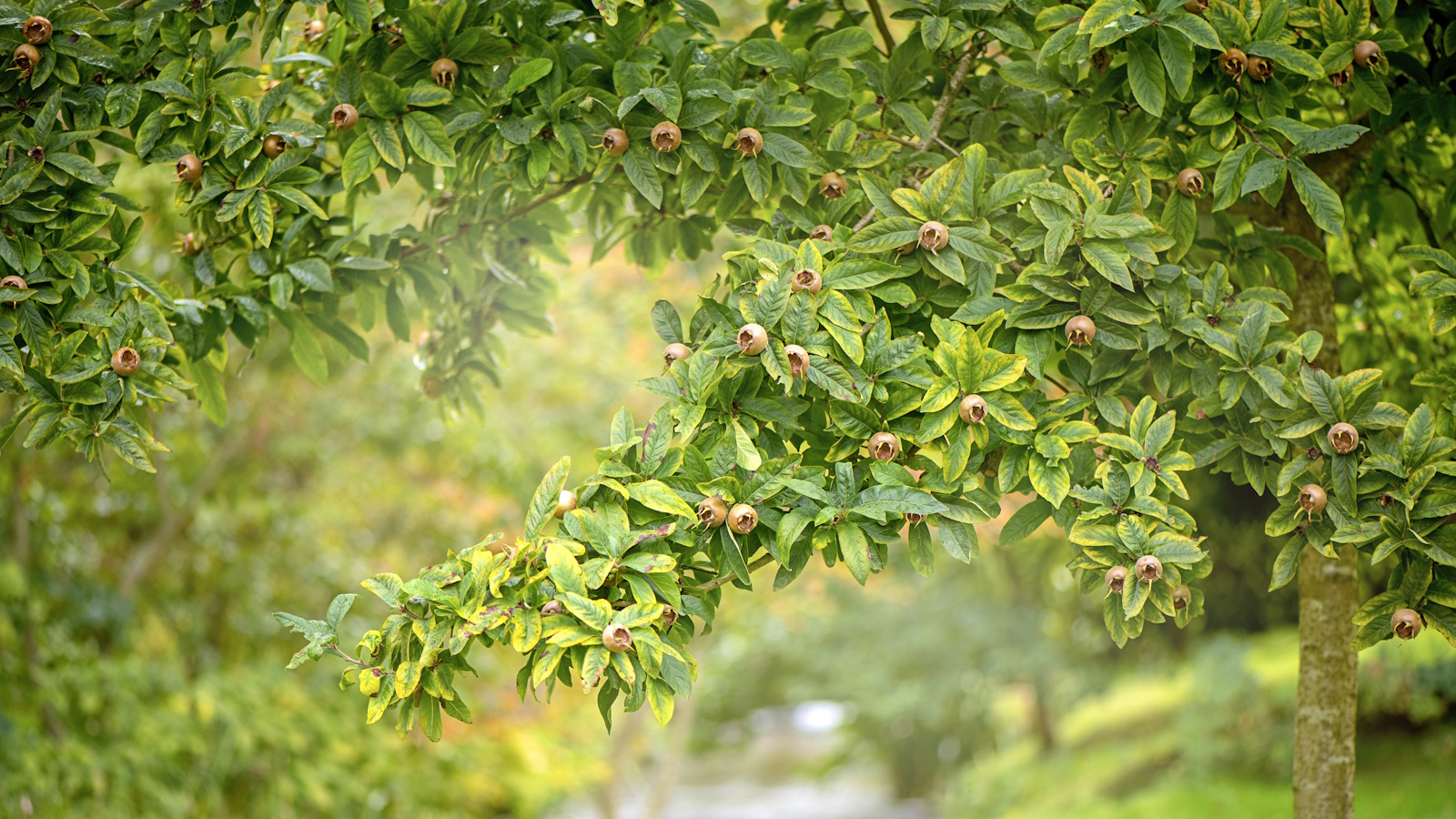 How to grow medlar trees – to enjoy a harvest of unusual fruits from this forgotten heritage species
How to grow medlar trees – to enjoy a harvest of unusual fruits from this forgotten heritage speciesMedlar fruits were once a popular delicacy, yet today, they are a rare find
By Thomas Rutter Published
-
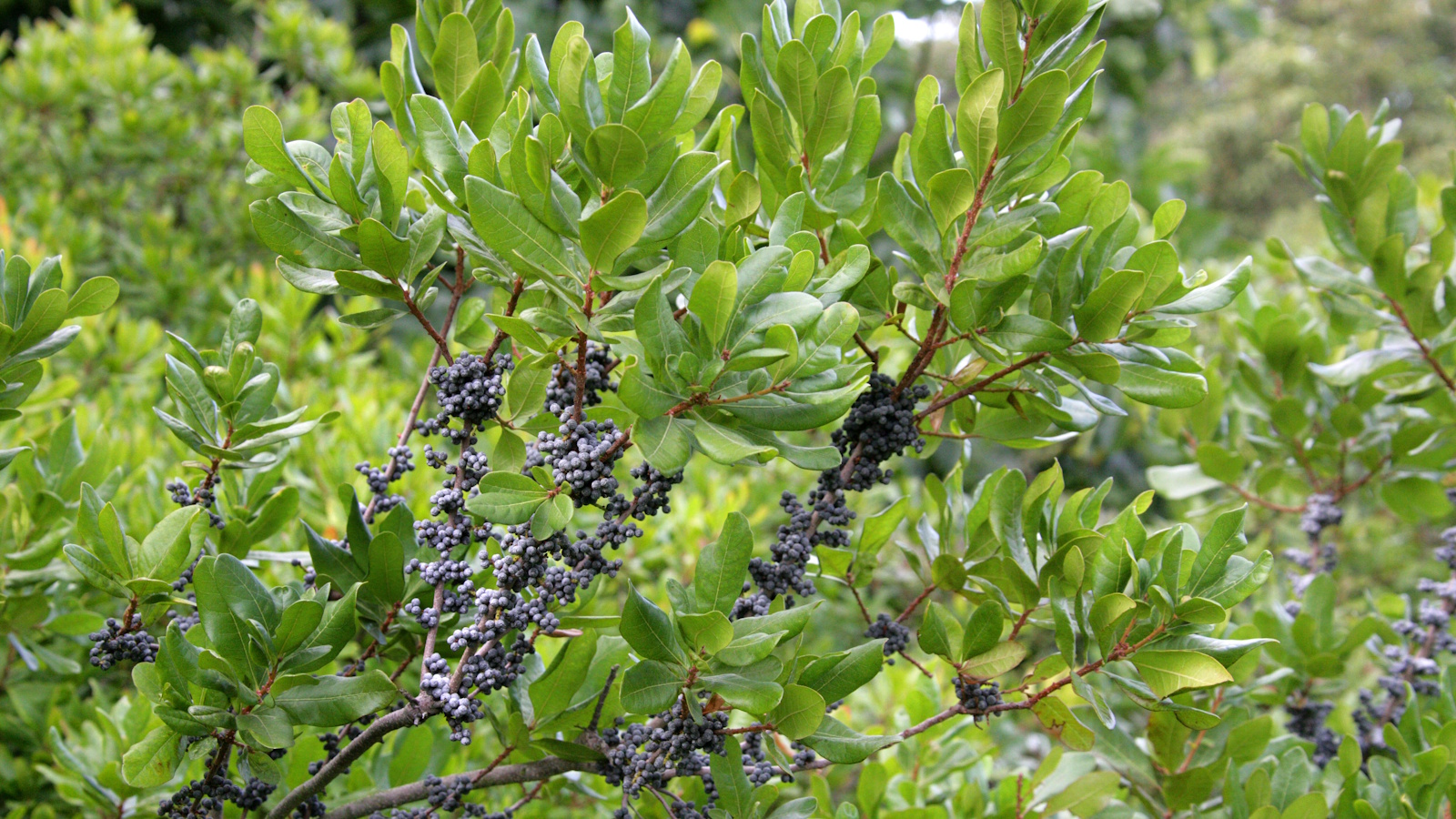 Best fragrant shrubs – 5 perfumed plants to transform garden borders and pot displays this summer
Best fragrant shrubs – 5 perfumed plants to transform garden borders and pot displays this summerGrow one or more of the best fragrant shrubs to add a sensory element to your yard
By Thomas Rutter Published
-
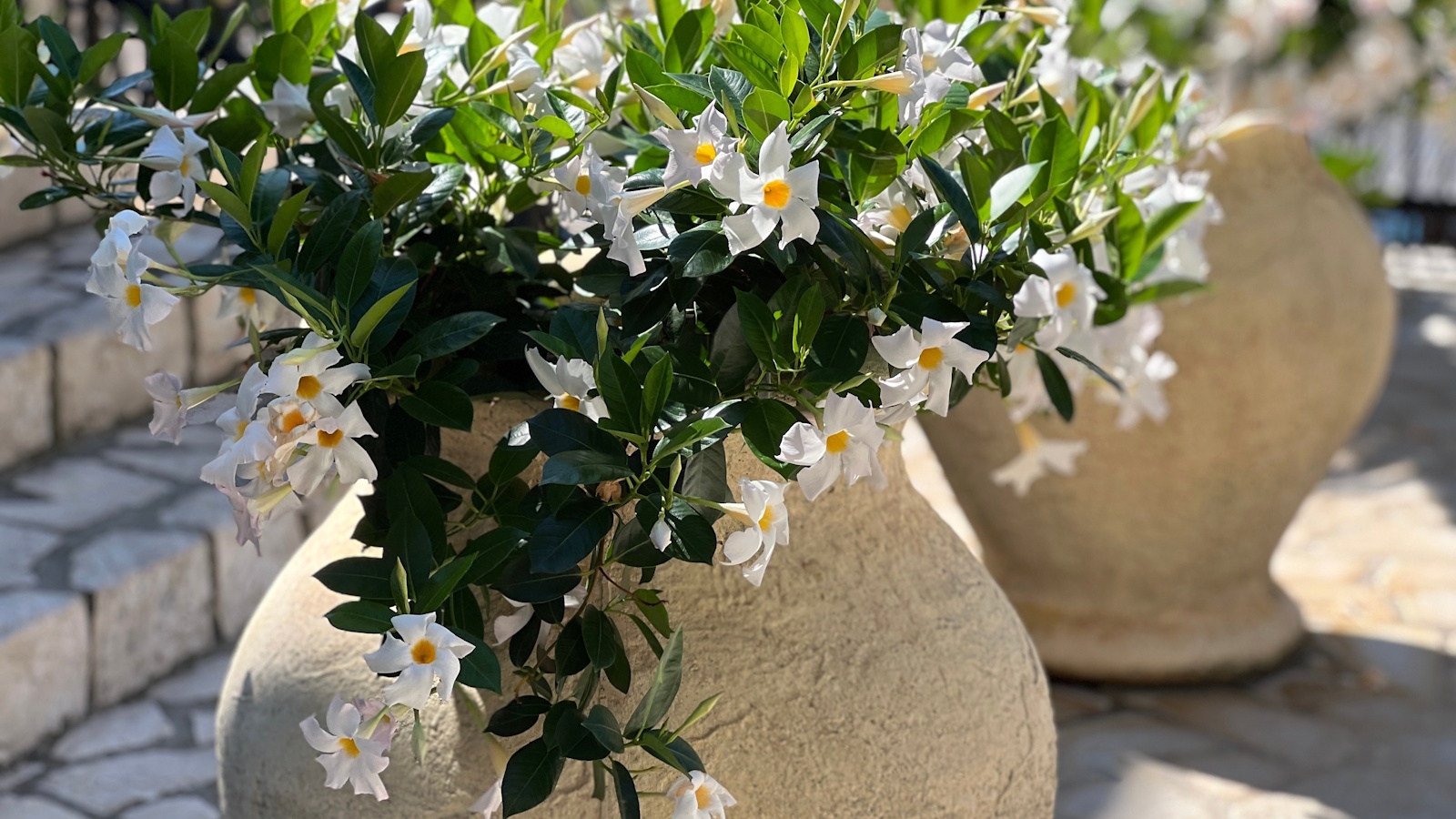 How to grow mandevilla in pots – and elevate your outside space with impactful tropical flowers this summer
How to grow mandevilla in pots – and elevate your outside space with impactful tropical flowers this summerLearning how to grow mandevilla in pots will add a colorful and vertical accent to any size plot
By Thomas Rutter Published
-
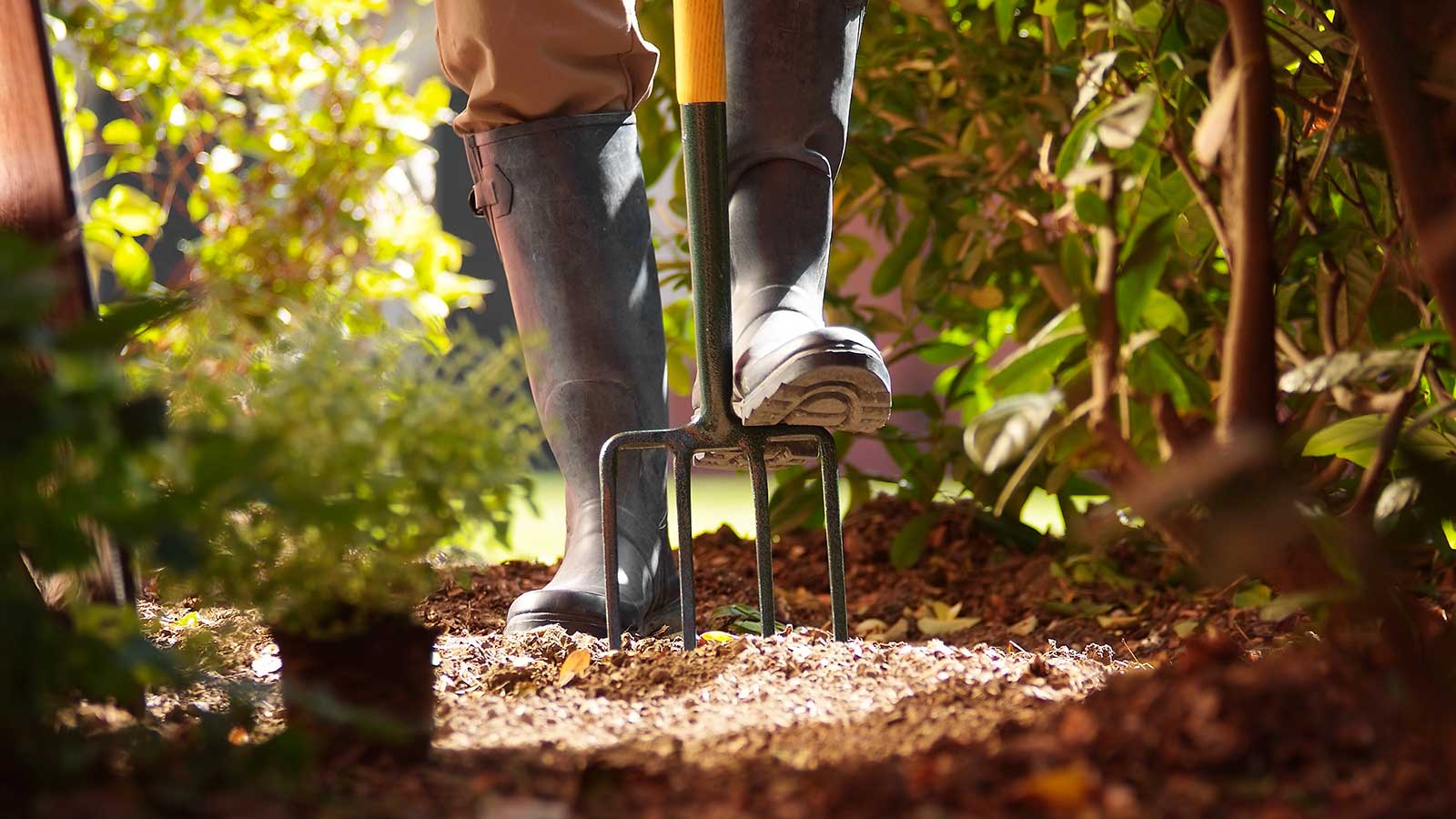 Skyseed is a vigorous invasive weed that is becoming a problem in backyards – here's how to identify and control it
Skyseed is a vigorous invasive weed that is becoming a problem in backyards – here's how to identify and control itGardeners in North America should keep an eye out for this vigorous perennial weed
By Thomas Rutter Published
-
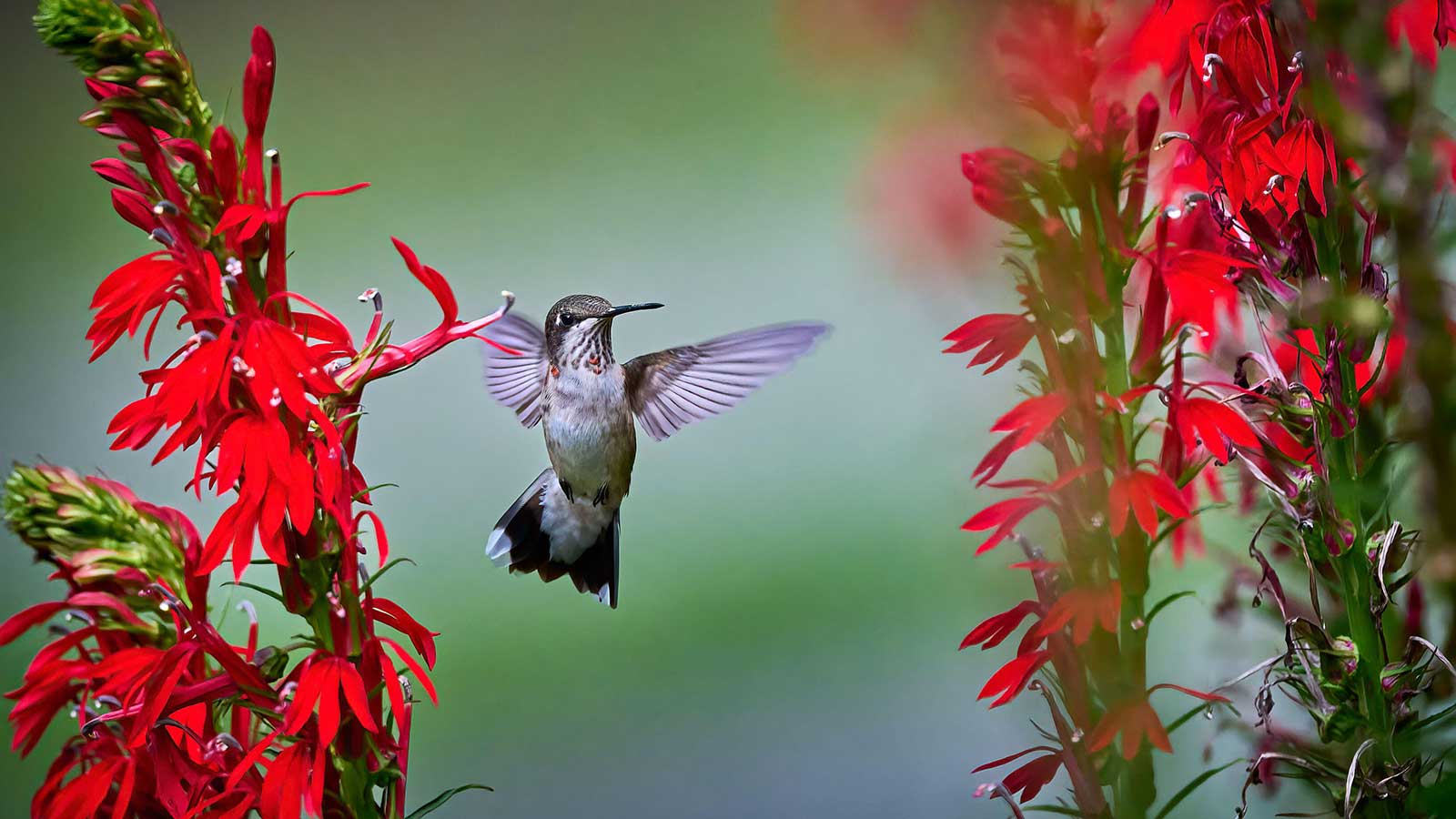 When do hummingbirds return from migration? Wildlife experts reveal when to expect them and how you can help
When do hummingbirds return from migration? Wildlife experts reveal when to expect them and how you can helpAs hummingbirds return to North America, gardeners can play a part in caring for these weary travellers
By Thomas Rutter Published
-
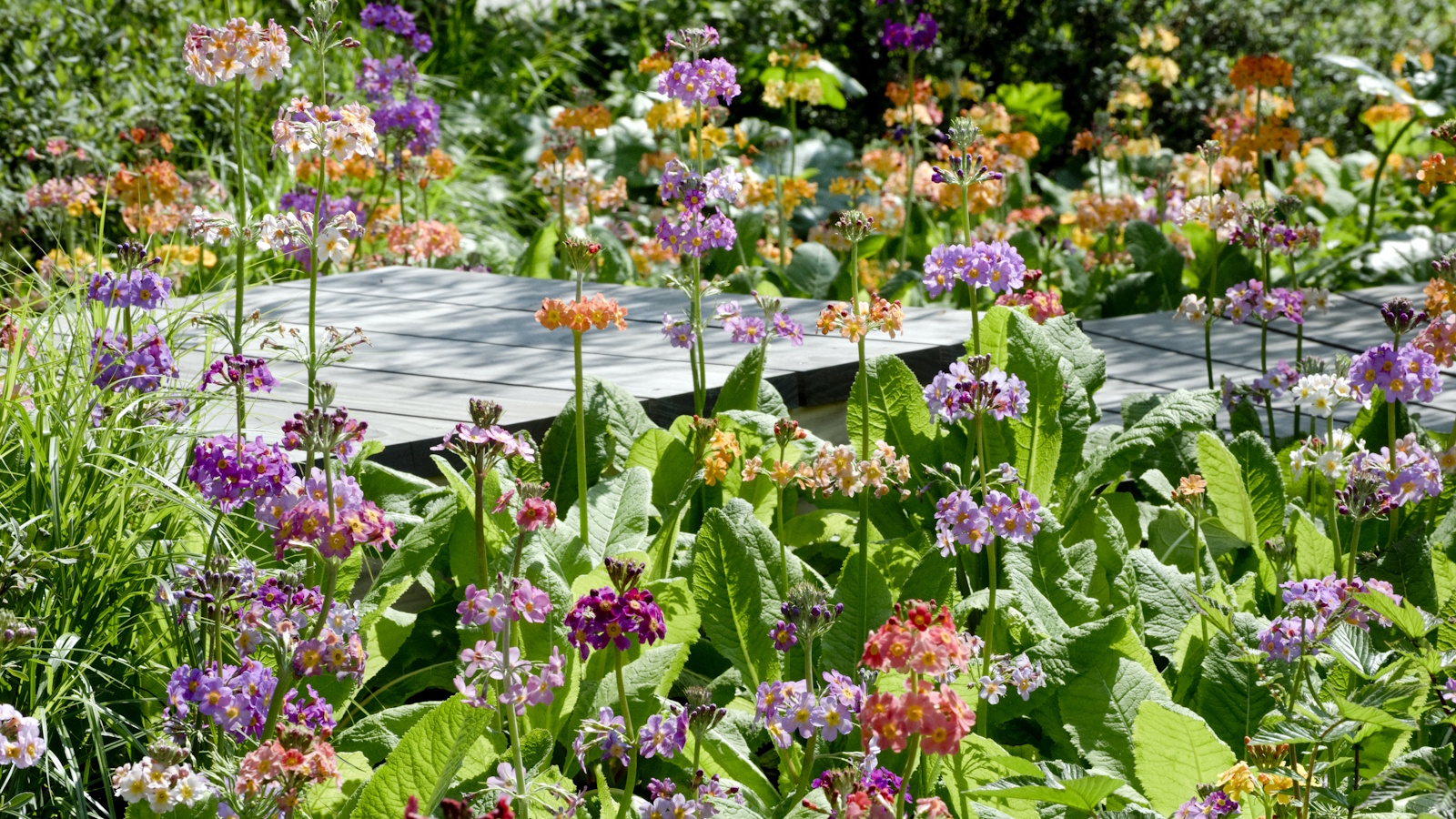 Best flowering ground cover plants – 5 expert-approved species to fill your borders with vibrant color
Best flowering ground cover plants – 5 expert-approved species to fill your borders with vibrant colorThese flowering ground cover plants will not only look good but will also prove popular with bees and butterflies
By Thomas Rutter Published
-
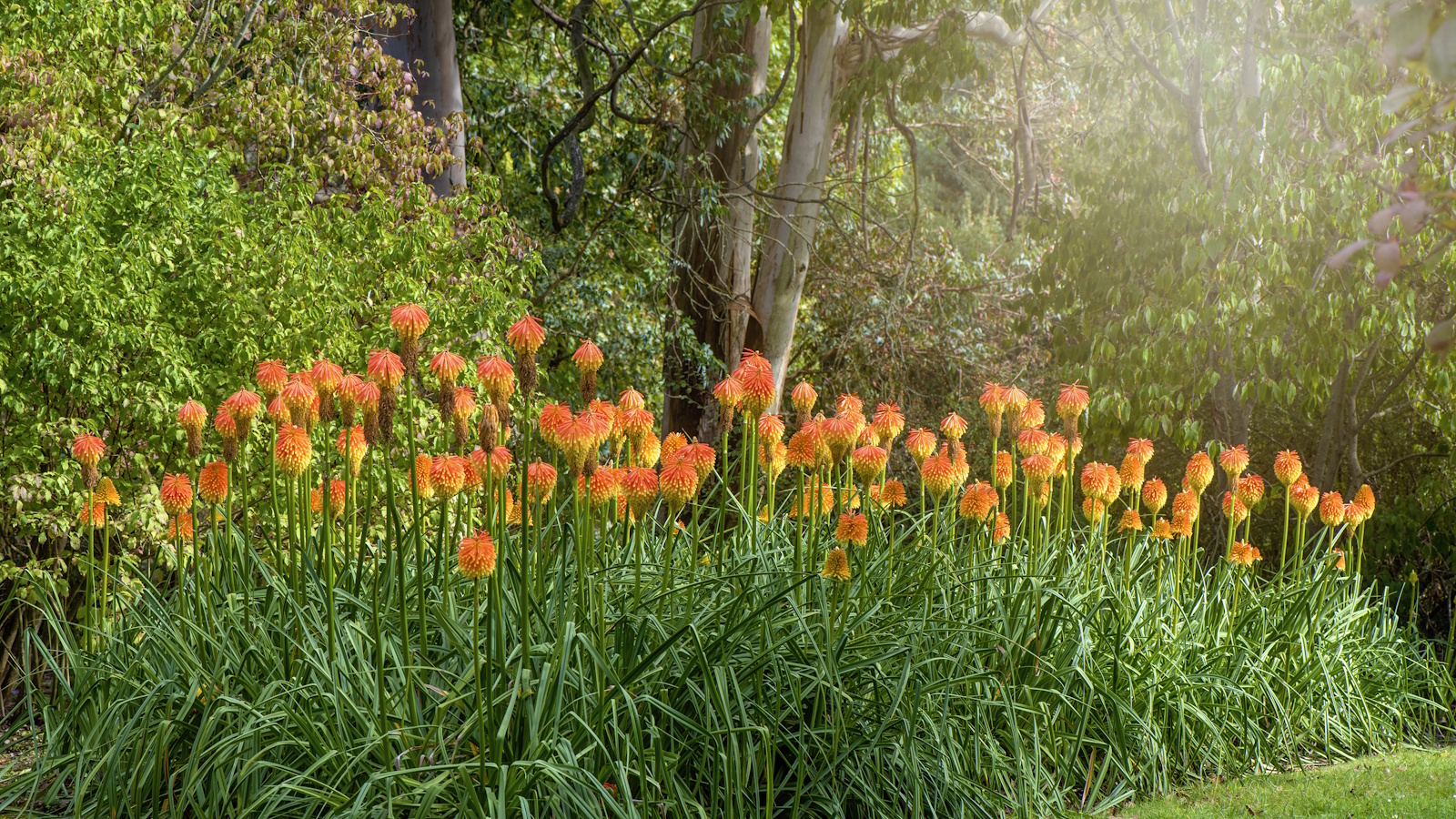 How to grow red hot poker – for low-maintenance and long-lasting flower spikes that pollinators adore
How to grow red hot poker – for low-maintenance and long-lasting flower spikes that pollinators adoreIf you enjoy colorful, vibrant borders, there can be no better perennial to grow than red hot pokers
By Thomas Rutter Published
